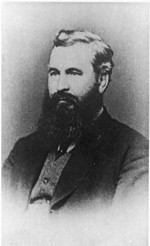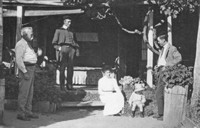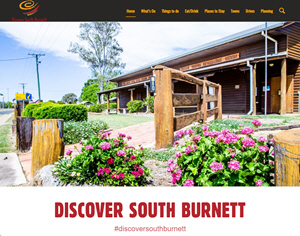The history of Boondooma Station
Boondooma Homestead is sited close to the Boyne River, a sizable watercourse which usually appears to be a dry bed of sand. As the Aborigines knew and the settlers of 1846 soon found out, good clear water was readily available just beneath the sands surface.
Traditional Aboriginal inhabitants referred to the area as Boondooma, understood to mean a hole dug in the sand from which to obtain a drink.
It represents a step back to 1847 when the Lawson brothers established the Boondooma Station. Like most of the stations during that period, sheep were pastured, thus making wool and tallow their main income, depending on the season.
Many of the shepherds employed by the Lawsons were of Chinese and German origin.

As with isolated stations in the early days, the homestead and surrounding acreage was built with the basic necessities similar to a small village.
Over time, with several changes of ownership, severe droughts, bushfires and the scourge of spear grass, Hereford cattle replaced the sheep.

It was subsequently bought by Gilchrist, Watt & Co. of Sydney, and later by McConnels of Cressbrook Pastoral Co.
In 1922 after the leases ran out, the government reduced it to 1,600 acres and it was drawn by ballot by Fred Palethorpe. His managers, the Thomsons, were subsequently the last two generations of owners before selling the heritage-listed buildings to the Wondai Shire in 1975.
Today people can visit the homestead and admire the fortitude and perseverance of the early settlers.
